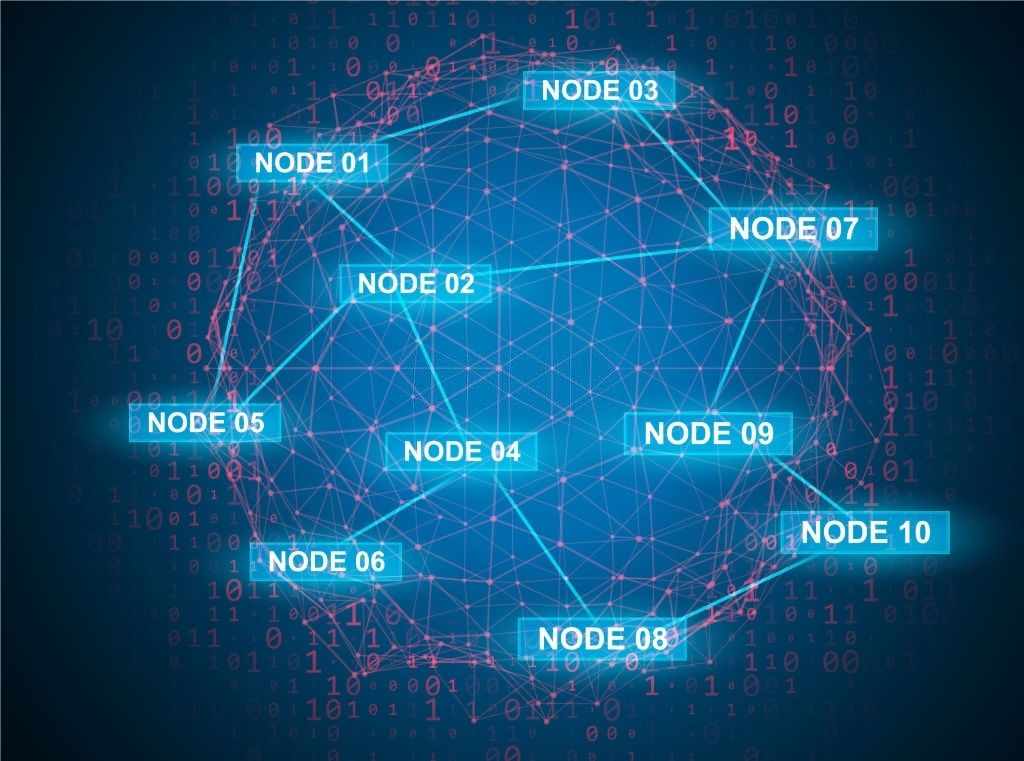
The bitcoin network is a peer-to-peer payment network that operates on a cryptographic protocol. Users send and receive bitcoins, the units of currency, by broadcasting digitally signed messages to the network using bitcoin cryptocurrency wallet software.
Transactions are recorded into a distributed, replicated public database known as the blockchain, with consensus achieved by a proof-of-work system called mining (Proof of Work-PoW). Proof of Work (PoW) is a method of selecting participants in a consensus system, typically the longest chain rule, in which participants try to solve a puzzle like finding a partial pre-image of a hash. Normally, a Proof-of-Work system can have any number of participants. Satoshi Nakamoto, the designer of bitcoin, claimed that the design and coding of bitcoin began in 2007. The project was released in 2009 as open-source software.
The network requires minimal structure to share transactions. An ad hoc decentralized network of volunteers is sufficient. Messages are broadcast on a best effort basis, and nodes can leave and rejoin the network at will. Upon reconnection, a node downloads and verifies new blocks from other nodes to complete its local copy of the blockchain.
The Zentameshnet is a network topology in which each node relays data for the network. There is zero configuration, and it solves many security and scalability issues that plague existing networks. All Zentanodes cooperate in the distribution of data in the network. Each device using Zentalk can act as a Z-node in the Zentameshnet by connecting to a node. These Z-nodes have the unique ability to interconnect with each other in a distributed fashion.
Zentameshnet relay messages or data information using either a flooding technique or a routing technique. With routing, the message moves along the road, jumping from one node to another until it reaches its destination. To ensure the availability of all routes, the network allows continuous connections using self-healing algorithms, such as Shortest Path Bridging, and corrupted or defective routes reconfigure itself.
Self-healing allows a routing-based network to operate when a Zentanode breaks down or when a connection becomes unreliable the Zentameshnet can patch and reroute around the lost nodes. As a result, the network is absolutely reliable, as there is often more than one path between a source and a destination in the Zentameshnet. Although mostly used in wireless situations, this concept can be also applied to wired networks and software interaction from outside the network.
To ensure that the network does not collapse as in traditional meshnet, the node holders are rewarded with the token. The sold nodes will be re-distributed as CHAIN tokens. We designed a wallet that holds CHAIN tokens and will also validate on the Zentanetwork (Blockchain Network). The rewards received from Zentanode will go to the node hosters.
Thanks & Best Regards Zentachain Team!















